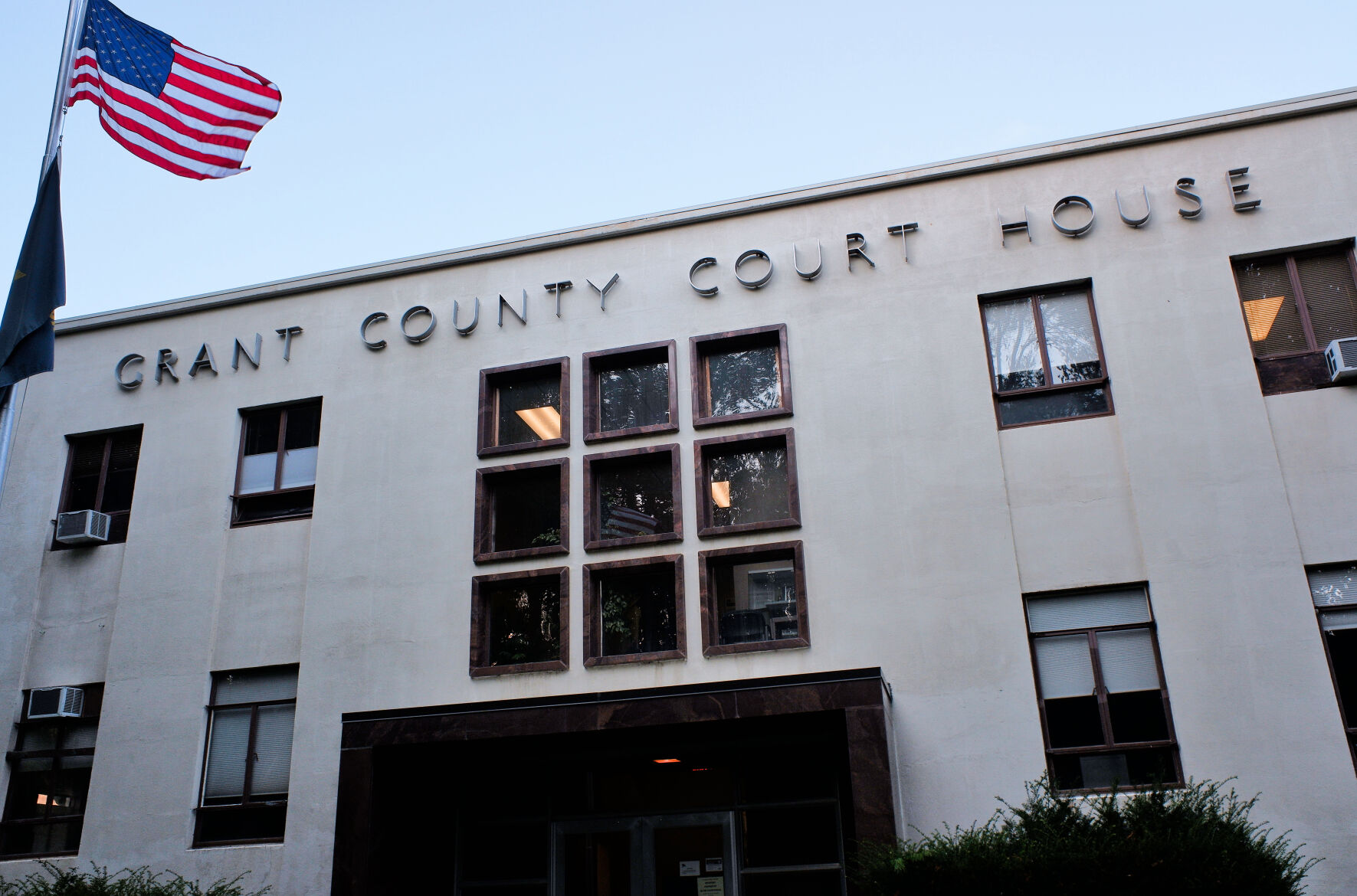Francis Clemens Sels Fails To Tack Interest To Loans
Published 6:15 am Tuesday, October 4, 2022
Francis Clemens Sels, one of the lovable characters of Canyon City in the good old pioneer days, was called “Uncle” by all of the people — not the type of uncle who loaned money and took usurious interest. He loaned money, however, to his friends and he never worried about repayment of the principal, let alone the interest payments. Some people took advantage of his generosity, it is said, but they were few in number.
When Phil Metschan, Sr., was married in 1865, he struck his boyhood friend, “F.C.” Sels, for a loan to establish himself in the butcher business. Sels loaned the money to him on the one condition that he keep out of the gambling halls. Metschan liked to take a chance once in a while, which is not foreign to the nature of a miner.
Metschan and Sels were close friends during all of their lives. Sels was born in Westphalia, Germany in 1837, and Metschan was born in Hesse Cassel in 1840. They were partners in many enterprises. Phil Metschan, Jr., went on his first hunting and fishing trip with the two men. They went to a point in Bear Valley, about six miles east of Seneca, in 1886. Sels had filed his preemption claim on the spot, through which a little creek wended its way.
The three arrived at the chosen place at dusk. Before the supper hours, Sels, an expert fisherman, had filled his basket. The sportsmen had fish for supper. They reported the little virgin stream was simply “lousy with trout.”
During the fall of 1947, Mary Gray Vancil of Klamath Falls presented to the Oregon Historical society the daffle bags which Sels carried on his saddle from Ureka, California to Canyon City where he arrived in 1862 with the gold discovery party. Sels attended the miners’ meeting on July 4, 1862 on Whiskey Flat in Canyon City. Five thousand miners cast their votes at this meeting.
The saddle bags used by Sels were hand made, largely of boot tops. The outer flaps were made of elk hides. They were hung over the horn of his saddle during his dangerous journey from Yreka to Canyon City. “Uncle” must have considered it dangerous for on the left side of his saddle bags is a scabbard for his dirk, and on the right-hand side, likewise, protected by a flap, is a holster in which he placed his long-barreled pistol. It was so arranged that the handle of his pistol was under his right arm at all times.
In later years, Sels never carried either pistol or dagger. In addition to provisions for the pistol and dagger there are two compartments in the saddle bags — one no doubt for a flask of whiskey, the other … maybe for a handkerchief, a few cans of sardines or something else that would last him for a trek over the desert.
Mary Gray Vancil used Sels saddle bags for more than 40 years. The daughter of William P. Gray, one of Grant county’s pioneer sheriffs, she was an expert horsewoman. William P. Gray succeeded Phil Metschan, Sr., in the butcher business in Canyon City when the latter went into the general merchandising and banking business.









